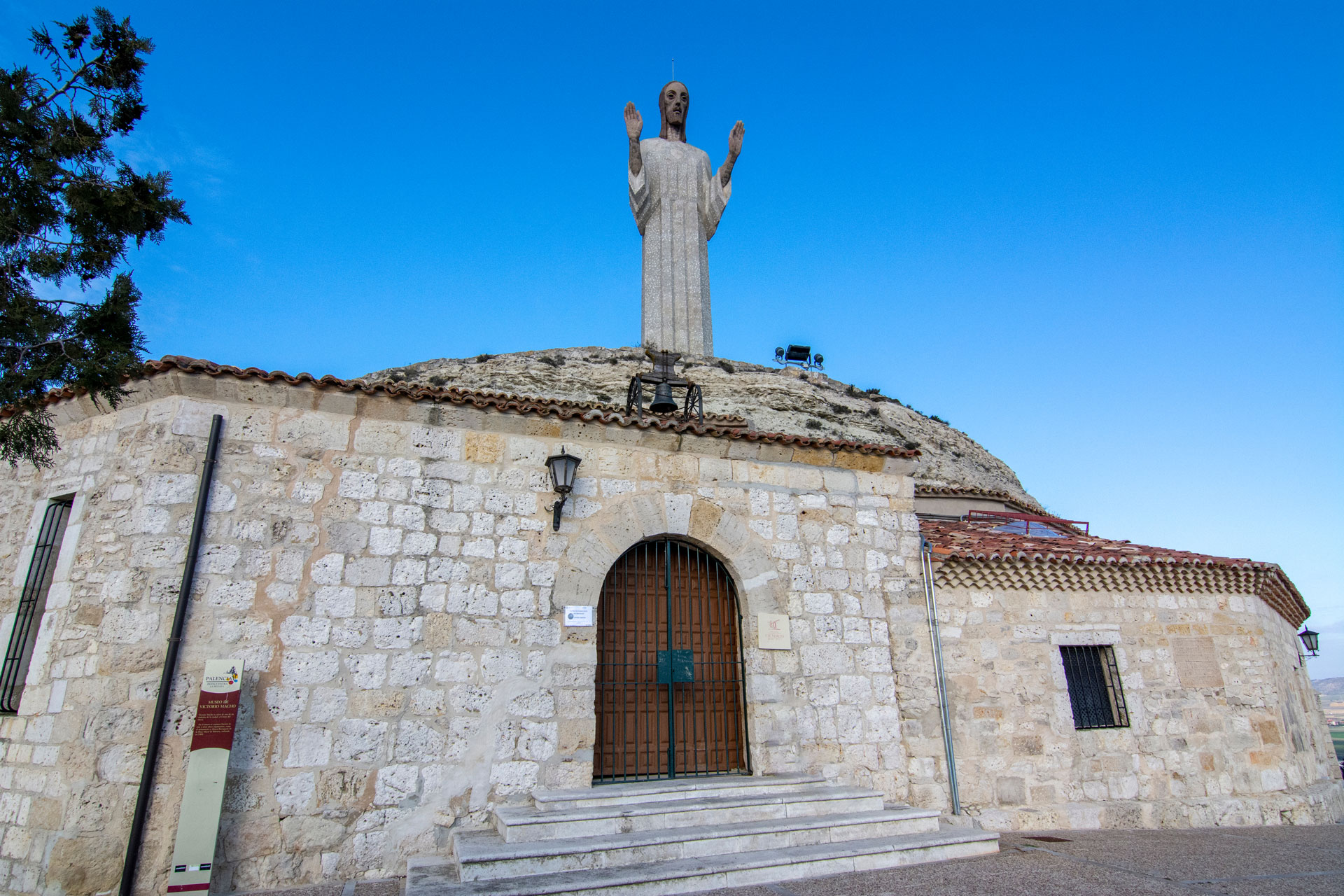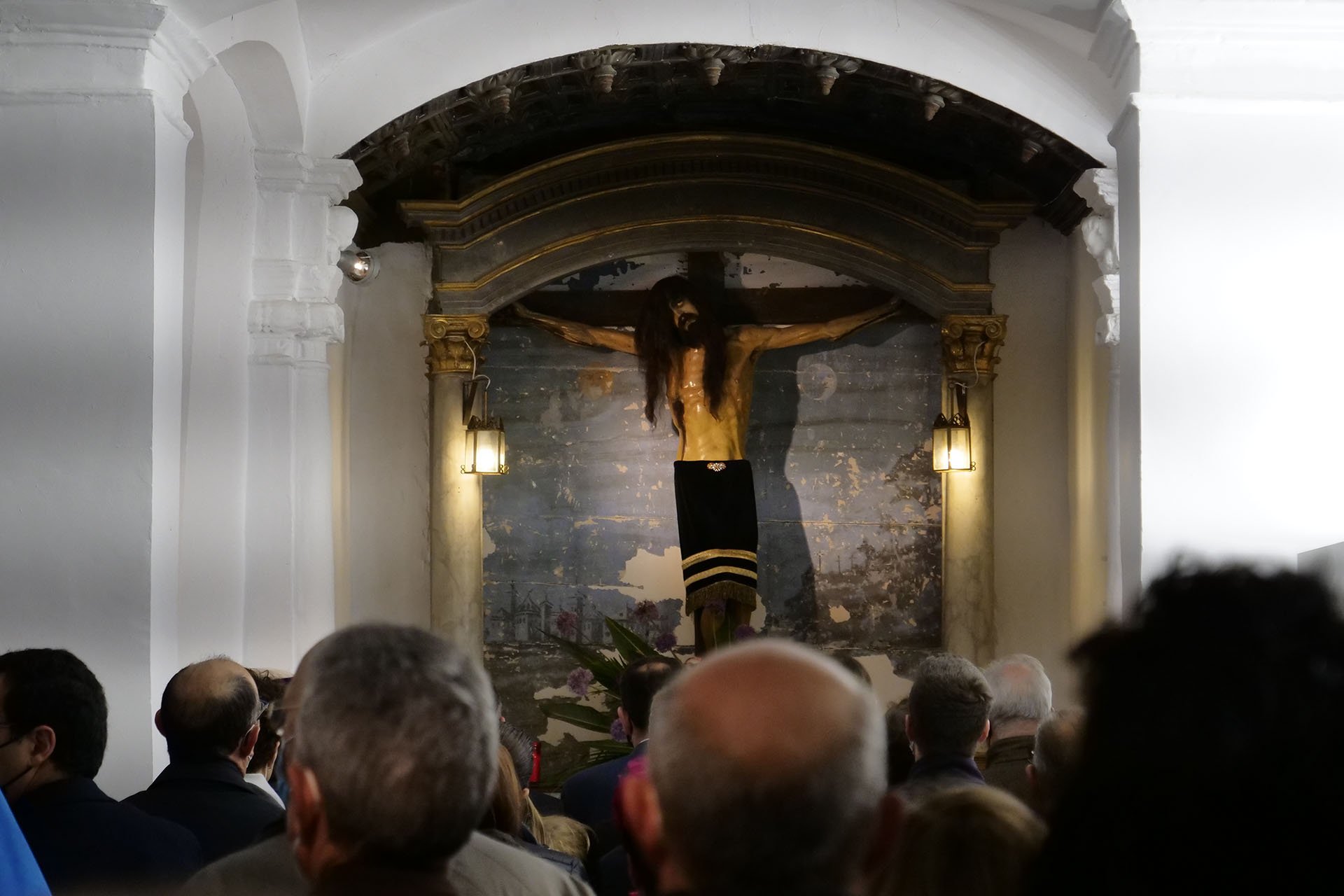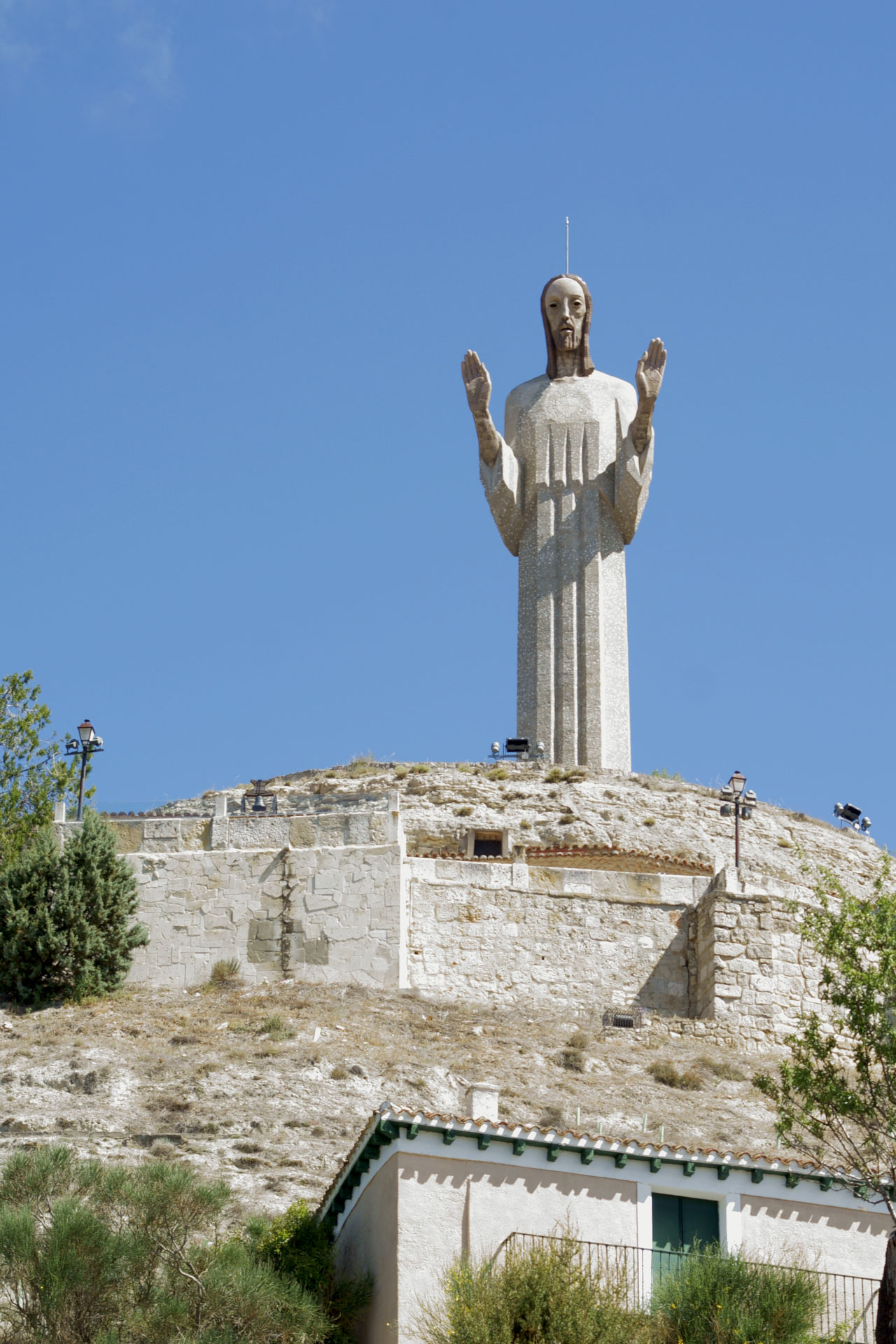Locations
–
Legendary
Locations
legendary
A one-of-a-kind celebration in a unique location in Spain
Chapel of Our Lady of the Otero,
origin of the devotion
In the mid-19th century, the Canonry called for an oblong nave to be added to a small cave in the knoll. A large room facing northeast that was given a simple altar. Years later, with increased devotion to this celebration, the structure was expanded slightly to make room for the statue of St. Turibius.
In the mid-20th century, this nave was torn down and two stone buttresses are all that remain today.
Hermitage
home of St. Turibius
Owned by the city, this space is on the side of the knoll and has two storeys. The upper floor is a large room with an entrance on the side and a metal balcony, which is where the poor were given bread and cheese as far back as the late 17th century, and from which the masses have been ‘stoned’ since the mid-19th century.
The lower floor of the hermitage is a cave dug into the hill, with a flat wall inside turned into a simple altar.
Our symbol
the Otero Christ
In 1927, Victorio Macho brought to the cathedral the first proposal for this Sacred Heart. The idea wasn’t welcomed warmly in the city’s ecclesiastical and popular circles.
But Bishop Parrado and architect Jerónimo Arroyo kept hope alive for building a ‘divine colossus’ for Palencia. Victorio Macho, for his part, laid the financial and structural groundwork for the project and in June 1930, the cornerstone was laid.
It wasn’t until February 1931, eight months later, that the Monument to the Sacred Heart of Jesus was completed. A sculpture influenced by Art Deco, with touches of Cubism and a nod to ancient Egyptian art in its hieratic gesture.
Standing 21 metres tall, it blesses and protects the capital of Palencia and is the tallest Christ in Spain.


